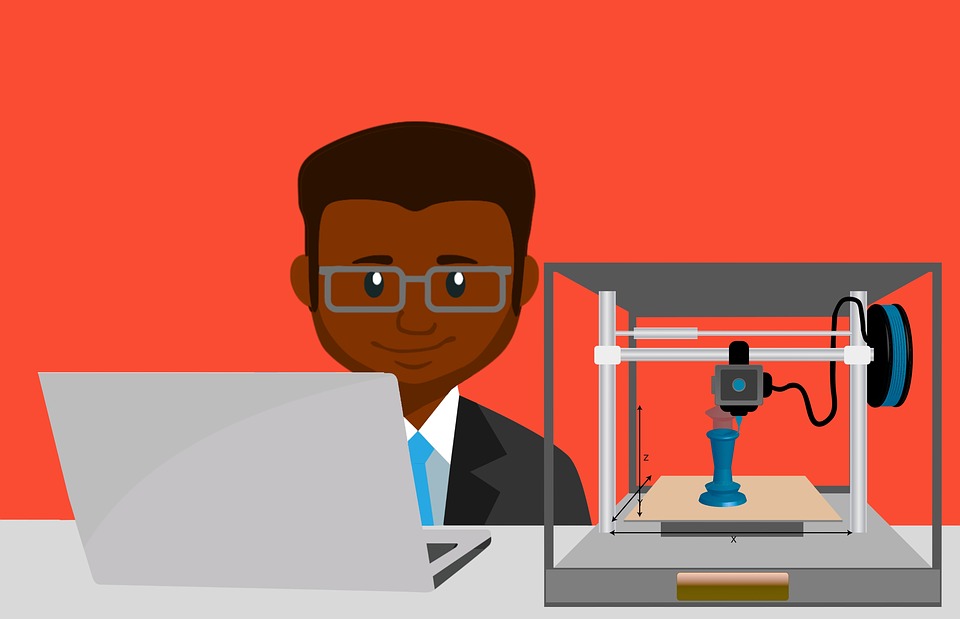
GUEST POST from Art Inteligencia
The possibilities of 3D printing are countless and far-reaching. The technology has been around for years, but it is only recently that it has become accessible to the mainstream. 3D printing can now be used to produce a wide range of products, from jewelry and toys to medical devices and prosthetics. It has revolutionized the way that manufacturing and prototyping is done, and is continuing to expand its capabilities.
The potential of 3D printing is only beginning to be explored, and its applications are becoming increasingly diverse. In the future, 3D printing could be used to produce custom parts for cars, medical implants, and even food. These possibilities open up a world of potential, and it is only a matter of time before 3D printing becomes integral in our lives.
To get a better understanding of the potential of 3D printing, let us explore two case studies.
Case Study 1 – Limbitless Solutions
The first case study is one of a 3D printed prosthetic. A company called Limbitless Solutions is using 3D printing to create custom-made prosthetic limbs for children in need. The process begins with the child being fitted for a prosthetic, and then a 3D model is created from the measurements. The 3D model is then printed in a special type of plastic, and finally, the prosthetic is assembled and fitted to the child. This process is much faster and cheaper than traditional methods, and it has enabled Limbitless Solutions to provide prosthetics to those who cannot afford them.
Case Study 2 – Natural Machines
The second case study is one of 3D printed food. Natural Machines is a company that has developed a 3D printer specifically designed to print food. This printer can be used to print out custom meals with a variety of ingredients, and it can even produce food in a variety of shapes and sizes. This technology has the potential to revolutionize the way that we eat, and it could even be used to produce food for those in need.
Conclusion
These two case studies demonstrate the potential of 3D printing. With its wide range of applications and its ever-expanding capabilities, 3D printing is sure to revolutionize the way that we manufacture and produce items. The possibilities are truly limitless, and it will be exciting to see what the future holds for this technology.
Bottom line: Futurists are not fortune tellers. They use a formal approach to achieve their outcomes, but a methodology and tools like those in FutureHacking™ can empower anyone to be their own futurist.
Image credit: Pixabay
![]() Sign up here to get Human-Centered Change & Innovation Weekly delivered to your inbox every week.
Sign up here to get Human-Centered Change & Innovation Weekly delivered to your inbox every week.